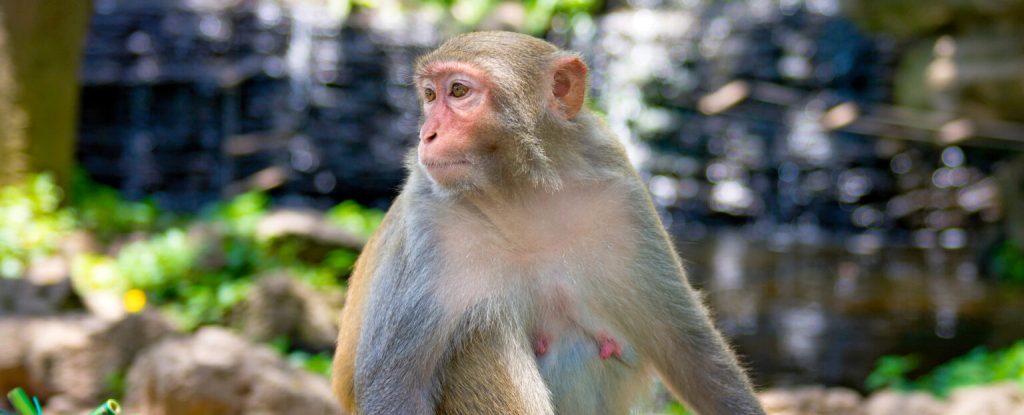
Researchers have outlined the significant alterations pregnancy induces in the metabolic pathways of a closely related primate. This discovery has the potential to enhance comprehension of pregnancy complications such as recurrent miscarriage, pre-eclampsia, and gestational diabetes.
Despite limited understanding of the profound disruption to the body’s metabolic processes during pregnancy, a team of biologists from the Chinese Academy of Sciences in Beijing has conducted research on crab-eating macaques (Macaca fascicularis). Their study aims to create a comprehensive map outlining some of the changes that occur throughout pregnancy.
Due to their close evolutionary relationship with humans, crab-eating macaques are frequently utilized as substitutes in experiments that are not feasible to conduct on humans.
The research team gathered 273 tissue samples from 12 captive-bred monkeys. This included three samples from monkeys in various stages of pregnancy: not pregnant, early pregnancy (5–8 weeks), mid-pregnancy (12–15 weeks), and late pregnancy (18–20 weeks).
In addition, a blood serum sample was obtained from each monkey before euthanasia. Subsequently, an additional 22 tissue samples were collected from various body systems, encompassing the uterus, liver, spinal cord, skin, blood, and five distinct regions of the heart.
The metabolism consists of numerous chemical pathways, akin to a vibrant port city. Simply recording imports and exports wouldn’t adequately depict the intricate logistics ecosystem.
Everyday operations continue for the countless cells, tissues, and organs exchanging life’s essential raw materials. However, as is customary, everything shifts when a baby arrives.
The research team successfully identified the complete array of small-molecule chemicals present in each sample, commonly referred to as a ‘metabolome’.
The samples obtained from the non-pregnant monkeys served as a baseline to understand the interaction of specific metabolic pathways before pregnancy. In contrast, the remaining samples illustrated the significant shift in these ‘trade routes’ as the monkeys’ pregnancies advanced.
Throughout pregnancy, 91 metabolites exhibited consistent changes across all 23 sampled tissues.
In non-pregnant monkeys, the metabolomes of skeletal muscles showed a strong correlation with tissues from the heart, spinal cord, adrenal gland, and uterus. However, during the first and second trimesters, this association with heart tissues diminished.
During early pregnancy, the samples suggested that the uterus shifts its metabolic interactions away from the heart and skeletal muscles, instead aligning with the developing placenta.
By the second trimester, the placenta was fully developed and seemed to be supplying metabolites to the pregnant monkey’s heart, ovaries, and liver. Interestingly, the uterus, having completed its role in establishing the placenta, redirected its metabolic attention to exchanging substances with the scalp skin tissue.
During the third trimester, the samples indicated that there was a notable metabolic exchange between the skeletal muscles and the spinal cord in the monkeys.
The research team expressed surprise at the evolution and reduction in metabolic coupling, and the reasons behind these changes remain unclear.
It’s evident why they speculate that such significant reprogramming could potentially result in metabolic complications during pregnancy. All 91 pregnancy-adaptive metabolites were confirmed through human cell models and validated using blood serum samples from 32 pregnant individuals.
Pregnant women diagnosed with pre-eclampsia – a serious condition marked by elevated blood pressure, significant swelling, and protein in the urine – experienced a considerable decrease in corticosterone levels, a metabolite crucial for placental development.
Another significant metabolite during pregnancy seems to be palmitoylcarnitine, which plays a role in immune regulation and the metabolism of fatty acids. Levels of this metabolite were elevated in the tissues of early- and mid-pregnant monkeys, spanning various organs such as the liver, pancreas, heart, and kidney.
Zoologist Shyh-Chang Ng, a co-author of the study, explained to Christa Lesté-Lasserre at New Scientist that this metabolic transition might be linked to gestational diabetes, although further research is necessary.
This study was published in Cell.





